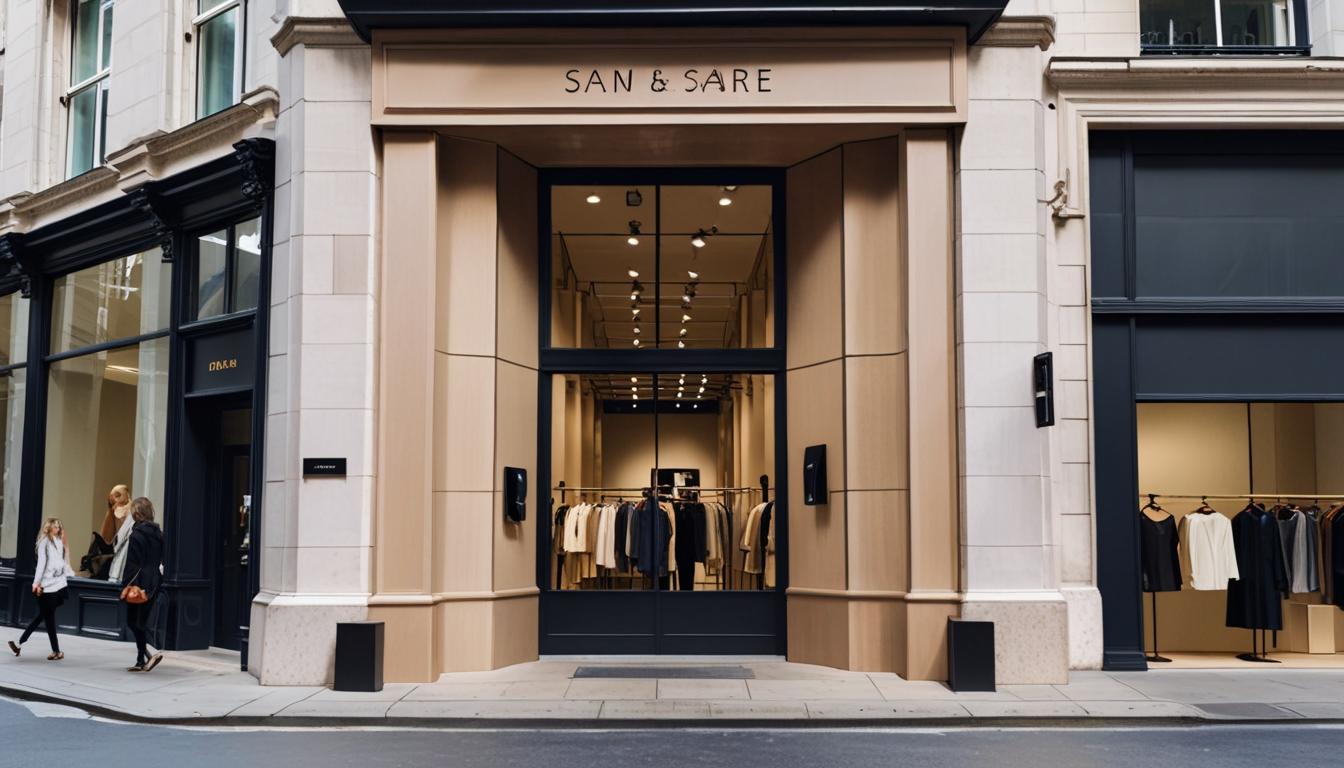The $1.5 trillion fashion industry faces challenges in sustainability but is responding with innovative practices to reduce environmental impacts.
The global fashion industry, reportedly valued at a staggering 1.5 trillion U.S. dollars, continues to dominate the marketplace, with the Asia Pacific region alone holding a 38% share and India contributing 4%. This expansive growth raises significant questions regarding how the supply chain efficiently meets the ever-increasing demand for apparel while navigating the numerous challenges associated with sustainability. The industry is known for its relentless race against time to deliver products, raising concerns about its environmental impact.
According to reports, the fashion industry accounts for approximately 10% of global greenhouse gas emissions, highlighting its substantial contribution to climate change. Moreover, it consumes an alarming 20% of the world’s freshwater resources while requiring more energy than the airline and shipping sectors combined. As various sectors of society raise awareness about climate issues, the fashion industry is also beginning to reflect on its practices and explore more sustainable methods.
In response to these challenges, several trends within the industry are emerging:
-
Environment-Friendly Denim: While the production of sustainable denim poses challenges, manufacturers are increasingly investing in technologies that reduce environmental impacts. Some brands are exploring recycling methods, creating denim that can decompose in compost environments. This eco-friendly approach, although not yet widespread, is anticipated to gain traction as technologies improve.
-
Low Impact Fabric: Traditional fabrics such as cotton and polyester demand high energy inputs, presenting sustainability concerns. In light of this, many fashion brands are pivoting towards organic materials derived from natural sources, including wood and fruits, to produce less energy-intensive clothing lines. This shift is expected to yield positive results over time.
-
Second-Hand Fashion: The second-hand fashion market has gained significant popularity, particularly among millennials, with a reported market value of $32 billion in 2020 and projections to rise to $51 billion by 2023. Consumers increasingly seek vintage and unique styles, driving demand for sustainable shopping practices.
-
Cruelty-Free Fashion: Growing awareness regarding fashion ethics has led consumers to favor cruelty-free products and practices. With the fashion industry historically linked to animal testing, many consumers are opting for vegan and ethical clothing options. In response, brands are reevaluating their production processes and striving to create fair working conditions as part of their commitment to sustainability.
-
Green Fashion: The notion of “green fashion” has emerged, characterized by clothing produced with minimal environmental impact, often from renewable sources. As eco-conscious consumers drive demand for sustainable production methods, the industry is adapting to these preferences, with an increasing focus on clean and natural fibers.
Overall, the fashion industry is actively seeking ways to embrace sustainability in response to mounting environmental concerns. With rising awareness over the last decade, there is an expectation for further advancements and a commitment to reducing greenhouse gas emissions and enhancing eco-friendly practices in the near future.
Source: Noah Wire Services




